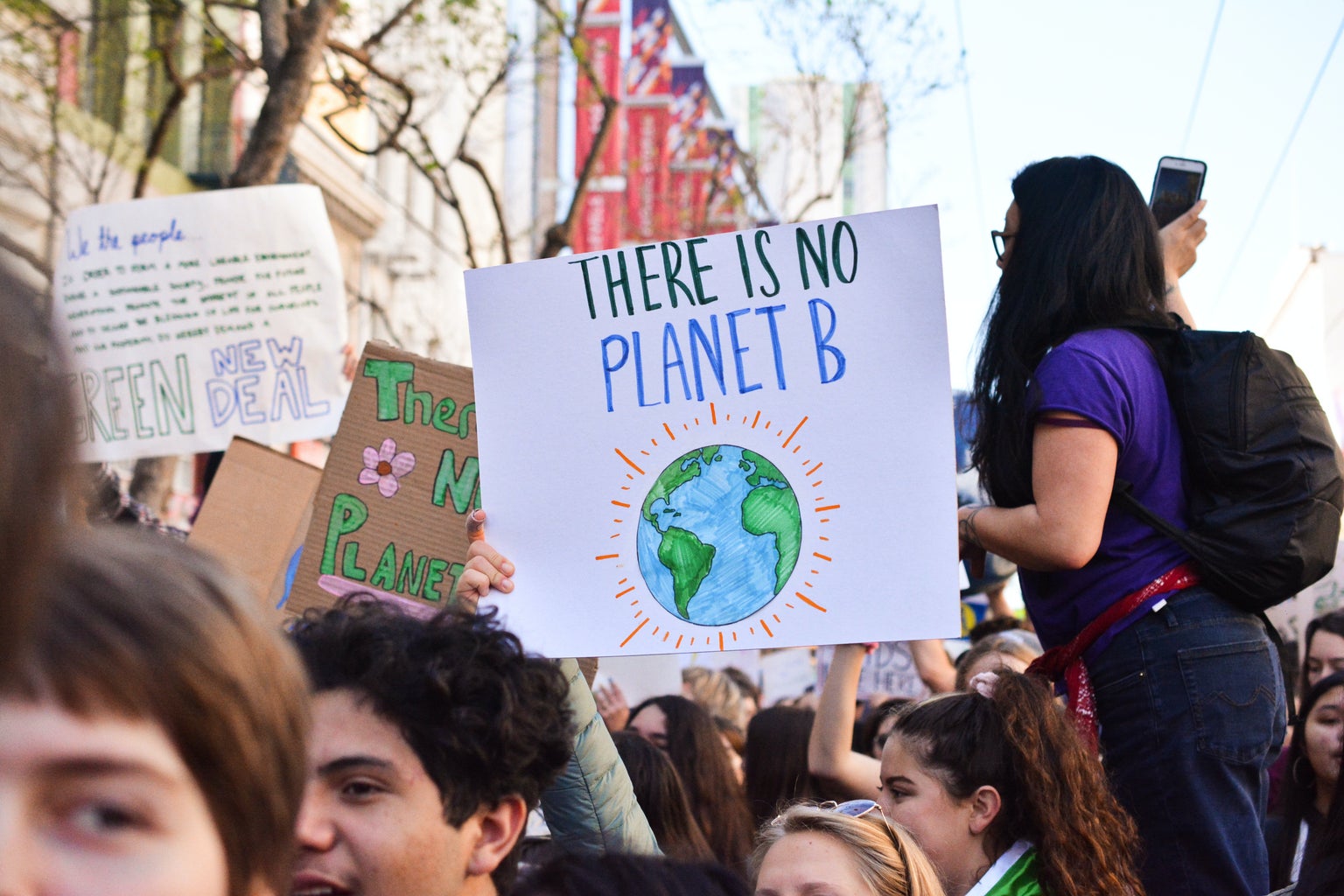Who is ConocoPhillips? What is the Willow Project? What is all the fuss about in Alaska? Let’s dive into the controversial multi-billion-dollar project that has been recently approved under the Biden Administration.
Although the media has ruptured over the course of a week, the Willow Project has been in the works since January 2017 when it was first announced according to ConocoPhillips, the project’s company. The company has a very prominent standing in the oil and gas industry, making it the largest producer in Alaska where the project will be conducted. To rewind a bit more, the United States Department of Interior released a certification of the Bear Tooth Unit Agreement on August 25, 2009. In the unit agreement, the Bureau of Land Management states that the unit operator is credited to ConocoPhillips and “shall have the exclusive right to conduct Unit Area operations.” ConocoPhillips has operations all over the world including Alaska, China, Indonesia, Malaysia, Australia, Canada, Norway, Qatar, Libya, the Gulf Coast, the Rockies, Argentina, Morocco, and Columbia. According to its website, the company carries out its operations, “with a commitment to safe and responsible development that helps achieve economic growth, preserves and creates jobs, and ensures quality of life.” The public has been provoked in response to the recent approval of the Willow Project and people are having trouble finding the truth about this alleged mission.
According to the Bureau of Land Management, the National Petroleum Reserve in Alaska, also known as NPR-A, is a 23 million-acre area on the North Slope. The Willow project will take place there and according to the company’s project fact sheet is said to produce 180,000 barrels of oil per day “at its peak,” generate between $8 and $17 billion in revenue, and produce 600 million barrels of oil. The company also states that the project has “spanned five presidential administrations,” obtaining the leases in 1999, and began the permit drafting in 2018. The final Environmental Impact Statement was published on August 14, 2020, but later was challenged in the U.S. District Court for the District of Alaska. You can find the complete order of the Willow Project here, which notes how the judicial review found the action to be “arbitrary, capricious, an abuse of discretion, or otherwise not in accordance with law.” The plan’s environmental review took into regard the National Environmental Policy Act, Clean Water Act, and the Endangered Species Act. By the time amendments to the statement were made in response to the District Court review, the responsibility of the Willow Project had fallen onto President Biden’s lap.
The controversy sparks due to the contradicting mission of Biden’s proposed executive orders against climate change and the harmful effects resulting from the project that environmentalists are trying to spread awareness on. The greenhouse gas pollutants emitted from the 30-year project would equate to “the annual emissions of 74 to 76 new coal-fired power plants.” The environmental activists seem to be sick of the sugarcoated talk of this project and are outwardly claiming in the media, such as TikTok and Instagram, that the climate is to be severely damaged. This added surge of fossil fuel usage has many detrimental effects on the local environment, the Inupiaq Indigenous community, animal life, and not to mention the further effects of disease caused by pollution. On the other hand, the ConocoPhillips Alaska Media and Advertising team put together statistics that show the project will also produce 2,000 construction jobs, 300 long-term jobs, and $8.7 billion dollars in royalties and tax revenues returned to the state of Alaska and the federal government.
If only the Willow Project had to do something with planting a bunch of trees, that would surely stir up quite a storm.
Can’t get enough of HC UMass Amherst? Be sure to follow us on Instagram, listen to us on Spotify, like us on Facebook, and read our latest Tweets!




